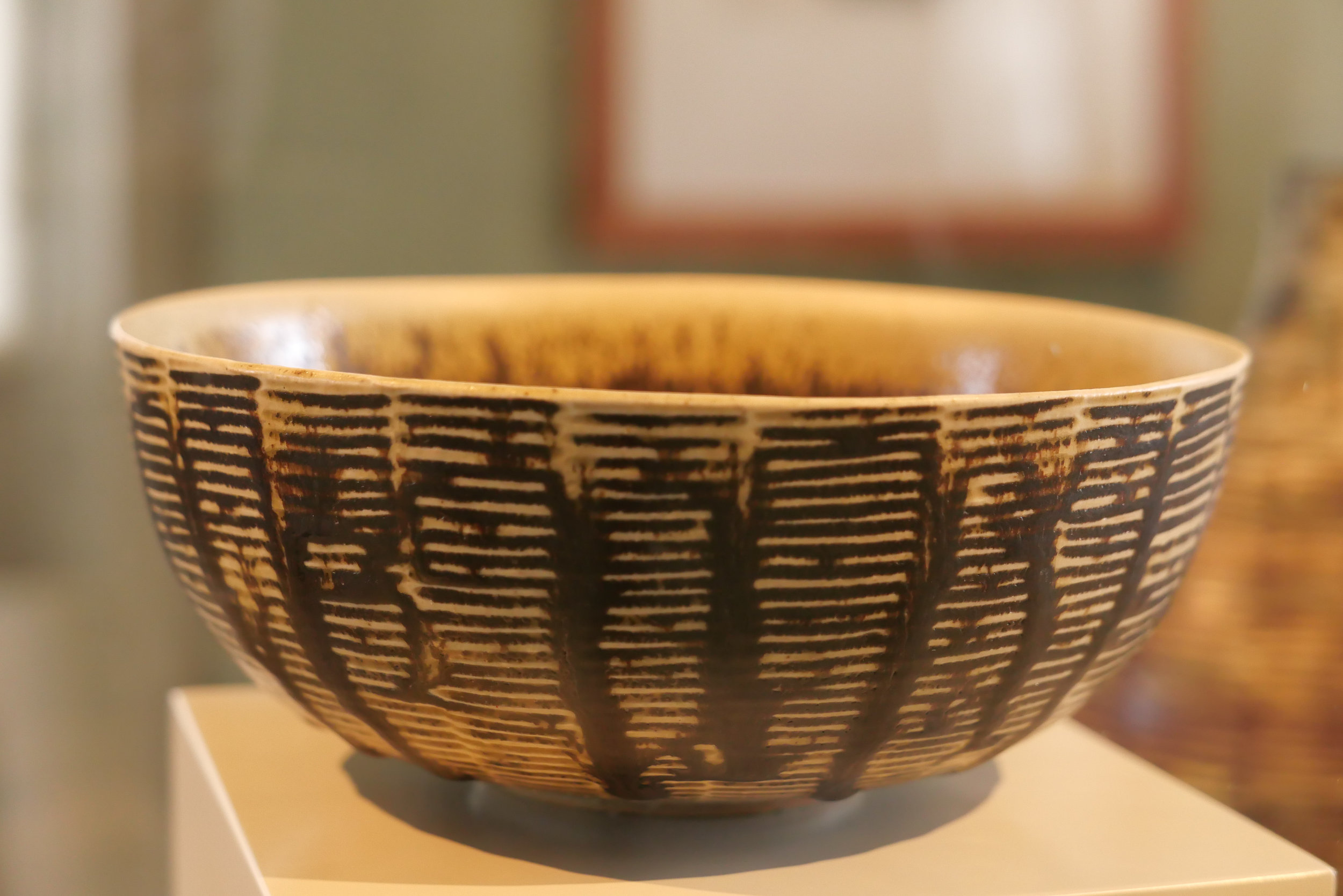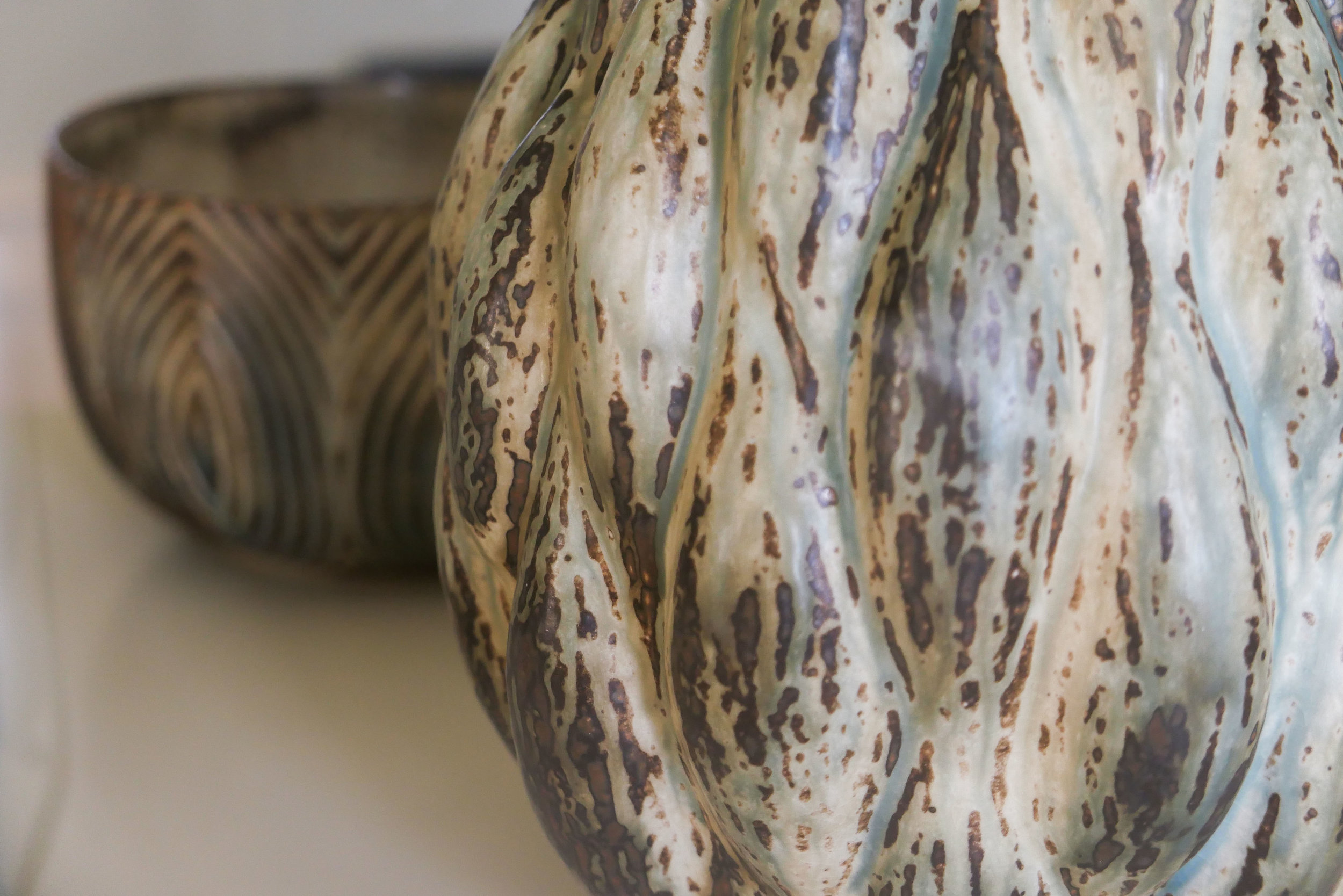Axel Salto Stentøjsmesteren / Axel Salto stoneware master
/A major exhibition of work by the artist, designer and ceramicist Axel Salto (1889 - 1961) opened in February at Øregaard Museum in Hellerup - just along the coast to the north of the city.
Salto studied painting at the Royal Academy and graduated in 1914.
By 1916 he was living in Paris where he met Picasso and Henri Matisse and on returning to Denmark he produced, edited and wrote for a short-lived but influential journal Klingen / The Blade that was published between 1917 and 1919.
He was a member of the Grønningen group of artists and one of The Four with Svend Johansen, Vilhelm Lundstrom and Karl Larsen who exhibited together between 1920 and 1929.
In the 1920s he began to design ceramics and his stoneware pieces were produced in the workshops of Carl Haller at Saxbo keramik in Frederiksberg and he also produced designs for porcelain by Bing & Grondahl with his work shown at the Paris exhibition in 1925.
This exhibition shows a full range of his ceramic works from small stoneware bowls with incised decoration or bold moulding with Japanese-style glazes to large-scale works with scenes from Classical mythology or stylised nature.
Paintings and strong and very confident ink and line-work drawings, including designs for the ceramics, show clearly the style Salto developed from his training as a painter.
He also worked with the book binder August Sandgren and a selection of designs for end papers are shown in an upper gallery which have a distinct feel of the 1930s with deep colours and stylised and small repeat patterns.
the exhibition continues at Øregaard Museum until 23 June 2019



































